Long exposure photography demands a methodical approach to shooting. It requires careful calculation of the exposure values, filters, tripod, and other gizmos. No wonder not many people actually use this technique out in the field. Not because they don’t know how, but more because it requires so much beyond just a camera and a lens. Well, not anymore, according to Joshua Cripps:
Cripps has a surprisingly easy technique to share, one that allows you to shoot really long exposures—sans filters—even in broad daylight. Here’s how.
How to Take Midday Long Exposures without a Filter
- Set your camera on a tripod.
- Set the shooting mode to continuous high (CH on Nikon).
- Use a remote release / cable release.
- In your camera’s menu, enable multiple exposure mode. Nikon users should set their cameras to Auto Gain on. Canon users should set their cameras to Multiple Exposure and then set the multi-exposure control to average.
- After dialing in these settings, fire away as many exposures as you want.

Single frame at 1/6 of a second
When you make long exposures of a scene like the sea or a waterfall, the camera averages the scene and blurs all movements to create a mist-like effect. However, when you don’t have a filter you risk blowing out the image.

Six frames averaged out to make a one second exposure equivalent
Just one word of advice. Long exposure shooters sometimes enables Long Exposure Noise Reduction (LENR), which is a good thing, except in this case, it’s not. Turn it off or else you’ll have gaps in your images.
Using this technique, you can capture a similar effect during the day without the need for a filter. Let’s say you want to make a 30 second exposure of a waterfall. You can take 30 one second exposures, and the camera will average them out to create one exposure that has the same effect as a single 30 second exposure. How cool is that?
Like This Article?
Don't Miss The Next One!
Join over 100,000 photographers of all experience levels who receive our free photography tips and articles to stay current:

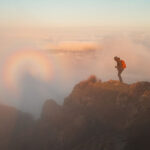
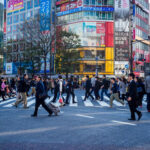
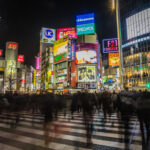
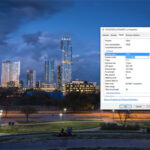
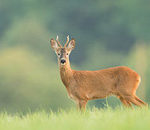
You can take normal Photos, lets say 30 of them, upload them info Photoshop and use the median effect. Result should be quite the same:))
Requiers the tripod as well but generally the effect can be achieved with cheaper cameras i guess
Interesting article. I am one of those that am feeble when it comes to editing. I am seemingly incapable of grasping layers in any pp. I was able to purchase a Nikon D610 that has a multiple exposure setting that combines three images (with or without) gain. Now to practice and have fun!
what if my camera only have max 3images for multi exposure? should i combine it manually through software? pls advice, thanks